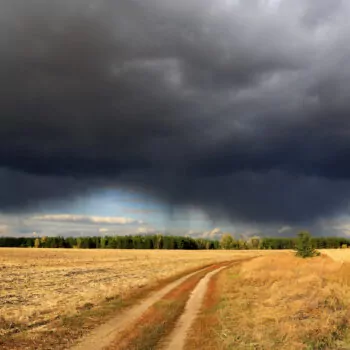While ministers get on with day 9 at COP21, you’d be forgiven for thinking these are the only people in town trying to strike a major agreement. But outside the negotiation halls at le Bourget, hundreds of mayors are also in Paris, and all across the city they are agreeing commitments and collaboration of their own.
Friday saw a major announcement by thousands of city leaders (and Leonardo Di Caprio!) at a global mayors summit to support 100% renewable energy by 2050. They’ve also agreed to set up a formal partnership between two major city initiatives – the Compact of Mayors and the Covenant of Mayors. The two political movements brought together city GHG reduction pledges, supporting climate resilience and tracking progress towards the goals.
City mayors across the world have shown us loud and clear that they are leading on climate action, collaboration and low carbon innovation. But, they need an ambitious outcome from inside the UN negotiations too. Cities are on the front line of climate impacts and enormously exposed with their concentration of critical infrastructure and population density. The GHG reduction commitments at the UN climate talks do not ensure that global temperature rise will be limited to 2°C – in fact the implementation of the current pledges would suggest a 3°C outcome. The pledges and action by cities will contribute to closing the gap, but alone they won’t be enough.
If there’s one thing that has been markedly different about the Paris climate talks, it has been the attention to climate risk and impacts. Against the backdrop of the Paris talks we’re all witnessing how exposed cities are to climate impacts. The city of Chennai in India has seen severe life threatening floods, affecting 4.6 million people, after experiencing the heaviest rain in 100 years. In the UK, Cumbria and Lancaster have been hit by devastating floods this weekend – with a month’s worth of rainfall in 1 day and thousands evacuated from their homes. In both cases, the flooding was much more severe than past events and citizens are asking if governments are prepared for climate change and future projections.
These stories have been echoing through the discussions and side events at COP21 too; no city, country or business is immune from the impacts of climate change. And the realities of these impacts are already resulting in enormous adaptation costs. City leaders have responded: after Hurricane Sandy, New York is implementing a $20 billion resiliency plan to safeguard its five boroughs from future climate-related impacts. Maija Lukin, Councilwoman from the City of Kotzebue in Alaska, spoke about how her town of only 2,000 people spent $44 million climate proofing an exposed main road by the harbour. Fiji’s Environment Minister Lorna Eden explained how they are already relocating 3 villages with the just the costs of the ground preparation alone amounting to $1.3 million. If this is just the beginning of the realities of climate impacts, the world faces unsustainable economic shocks and losses.
Mayors are going to have to continue showing ever greater political leadership on climate change. Citizens want a better quality of life and protection from climate risks. Regardless of the outcome of Paris COP21, citizens are waking up to realities of climate impacts around the world and they will keep demanding more from their mayors and national governments. Countries will have to keep coming back after COP21 and revising up their climate targets to ensure we limit and prevent dangerous climate change.

